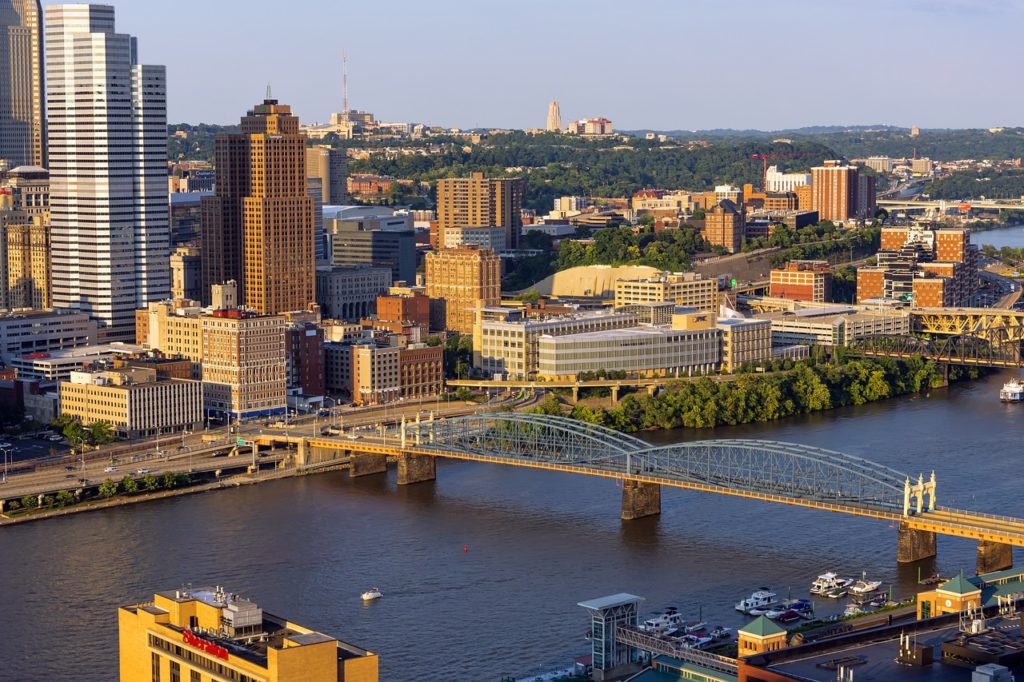
Article Summary: National Parks Near Pittsburgh
National Parks Near Pittsburgh. There’s more to this incredible place than Pirates and Steelers and Penguins. Oh My!
In this article, I’ll familiarize you with the incredible national parks that are within a day’s drive of downtown Pittsburgh.
I’ve been to so many of these amazing places since retiring from teaching in 2018. Did I mention that I taught history? I spent a lifetime teaching about the history behind these momentous sites. Then I got to see them firsthand. And now I’m sharing the stories of these incredible places with you. It doesn’t get any better than that!
Pittsburgh is known both as “the Steel City” for its dominant role in the history of the U.S. steel industry, and as the “City of Bridges” for its 446 bridges. The city features 30 skyscrapers, two inclined railways, a pre-revolutionary fortification and the Point State Park at the confluence of the rivers.
It’s also home to some amazing national parks which are only a day’s drive (or less) from the city.
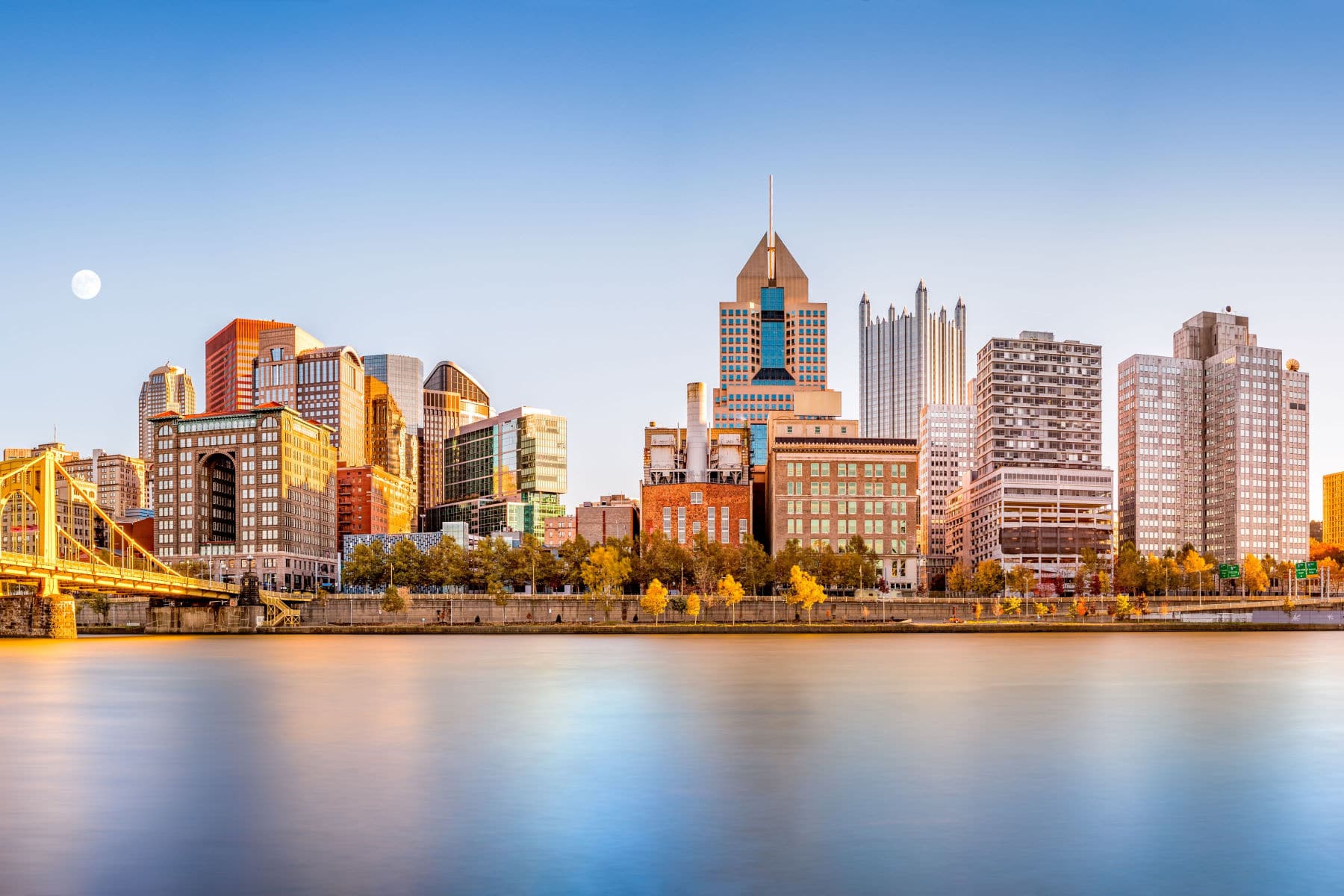
So, What Is A National Park?
We get asked that question a lot because there’s a difference between a “national park” and a “national park site.” To help you understand that difference you might want to check out our article titled: What Is A National Park Really?
If you’re planning a trip to the Pittsburgh area then one book that I highly recommend is: Greater Than a Tourist – Pittsburgh Pennsylvania USA: 50 Travel Tips from a Local by Patrick Freed.
Now let’s go ahead with 7 reasons why you’ll want to hop in your car and make a day’s drive from Pittsburgh to one of these truly amazing places.

Table Of Contents: National Parks Near Pittsburgh
Best National Parks Near Pittsburgh
1. Allegheny Portage Railroad National Historic Site
Distance From Pittsburgh: One hour & 36 minutes via US-22 E.
The Allegheny Portage Railroad National Historic Site was established in 1964 and is dedicated to preserving the history and legacy of the Allegheny Portage Railroad.
The Allegheny Portage Railroad was a transportation system that operated from 1834 to 1854 and was designed to provide a way to transport goods and passengers across the Allegheny Mountains in central Pennsylvania. At the time, the Allegheny Mountains were a major barrier to transportation and commerce, and the construction of the railroad was seen as a major engineering feat.
The railroad consisted of a series of inclined planes and canals that allowed canal boats to be transported over the mountains by rail. The system was powered by stationary steam engines, which were used to pull the canal boats up the inclined planes and then lower them down the other side.
The Railroad Was Used To Transport A Variety Of Goods
The Allegheny Portage Railroad was used to transport a variety of goods, including coal, timber, and iron. It also served as a passenger route, and it played an important role in the development of the western United States, allowing settlers to travel westward more easily.
After the railroad was abandoned in the 1850s, the site fell into disrepair, and much of the infrastructure was dismantled. However, in the 1960s, efforts were made to preserve and restore the site, and in 1964, it was established as a National Historic Site.
Today, visitors to the Allegheny Portage Railroad National Historic Site can explore the remains of the railroad, including several restored buildings and the historic Lemon House, which served as a hotel for passengers traveling on the railroad. The site also features several hiking trails and interpretive exhibits that provide insight into the history and legacy of the Allegheny Portage Railroad.
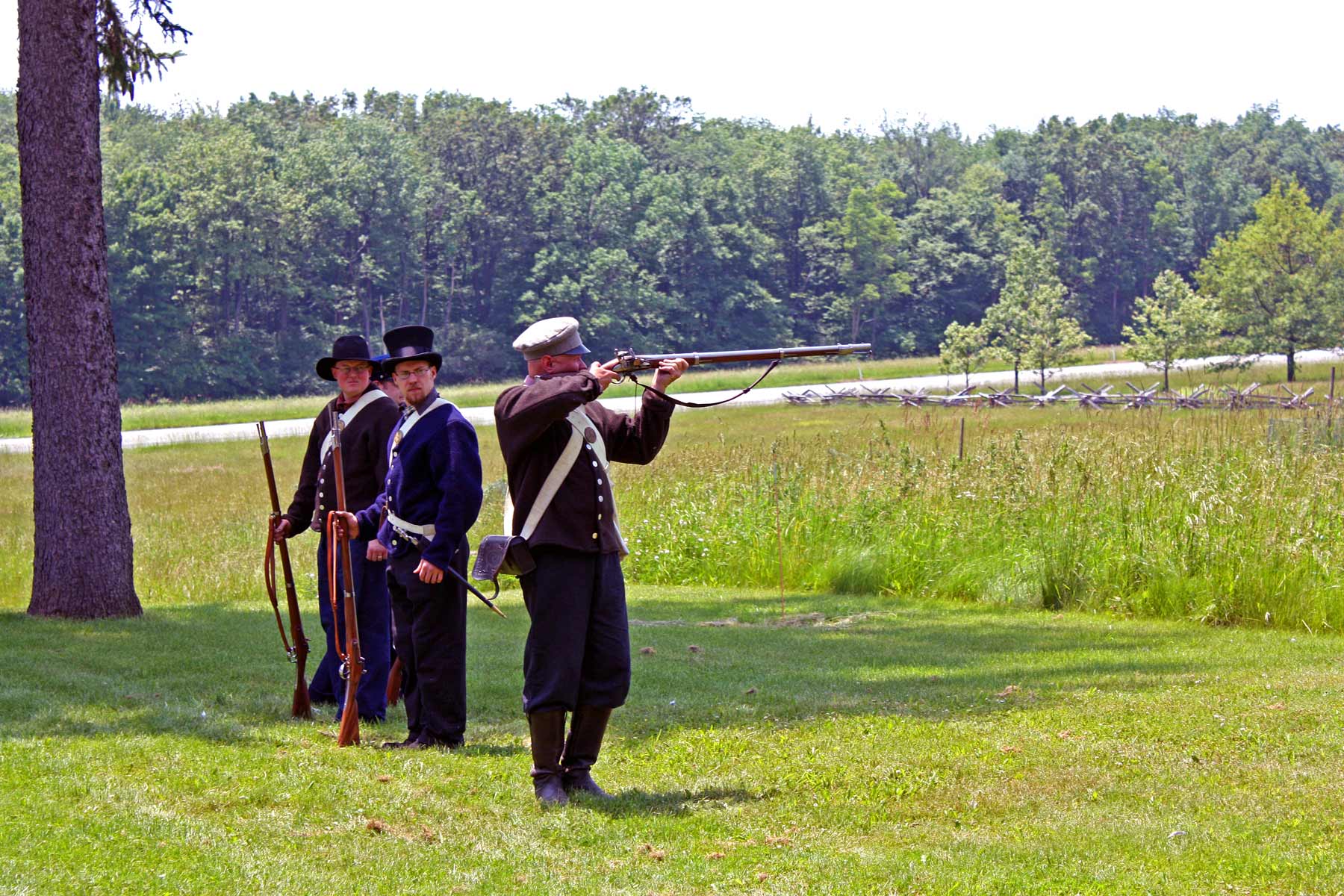
Things To Do At The Portage
I always recommend that first-timers begin their adventure at the visitor center.
The Summit Level Visitor Center includes various exhibit areas and models including a life- size replica of a canal boat and the locomotive Lafayette, and artifacts from the Portage Railroad.
There are also hands on and interactive exhibits that will interest young and old alike.
There are other exhibits on the park grounds and in the Engine House No. 6 Exhibit Shelter, the Lemon House, and along several park trails.
There’s also a wonderful 20-minute film which features a fictional character, Edgar West, who explains life on the canals then speaks of a change of occupation to Portage Railroad worker.
I always love a good bookstore and you’ll find one there.
The park’s non-profit Eastern National run bookstore carries unusual and hard to find books and souvenirs from the canal and early railroading era.
There’s also biking and hiking which allows visitors to experience over 15 miles of trails in different sections of the park.
RELATED: 10 MUST-SEE HISTORIC SITES IN PENNSYLVANIA
2. Delaware Water Gap National Recreation Area | National Parks Near Pittsburgh
Distance From Pittsburgh: Four hours & 50 minutes via US-22 E & I-80 E.
It’s a drive from Pittsburgh so you may want to pack a lunch, but it’s well worth the trip.
If you’re looking to get away from it all then Delaware Water Gap National Recreation Area may be an ideal park for you.
Outdoor adventures include biking, fishing, and hiking. There are indoor adventures, too, which include fine dining, shopping and the oldest jazz club in the country.
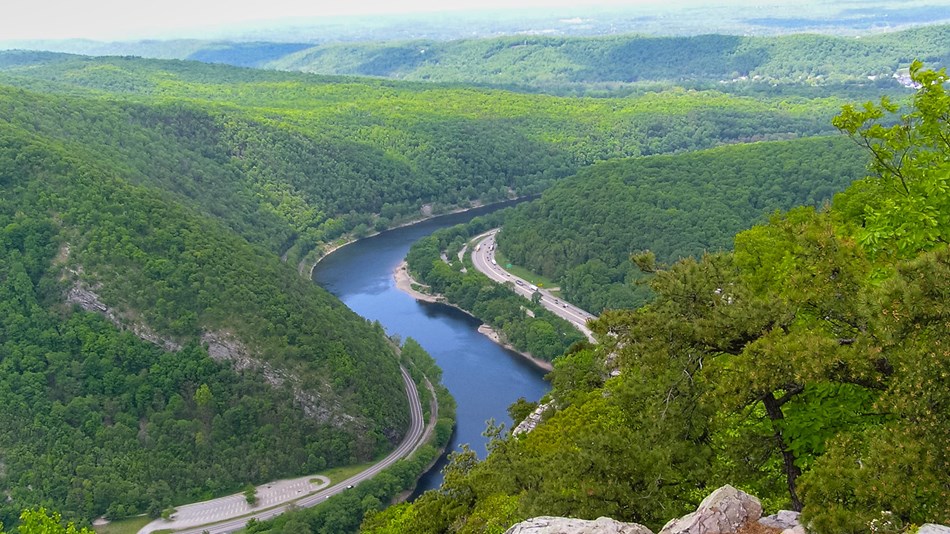
This National Recreation Area offers the public over 150 miles of hiking trails of every ability level to give you options to get out in the woods for a little while.
Or, if you prefer the water, then check out the many canoe and kayak rentals which are offered there.
There’s also camping, fishing and even hunting.
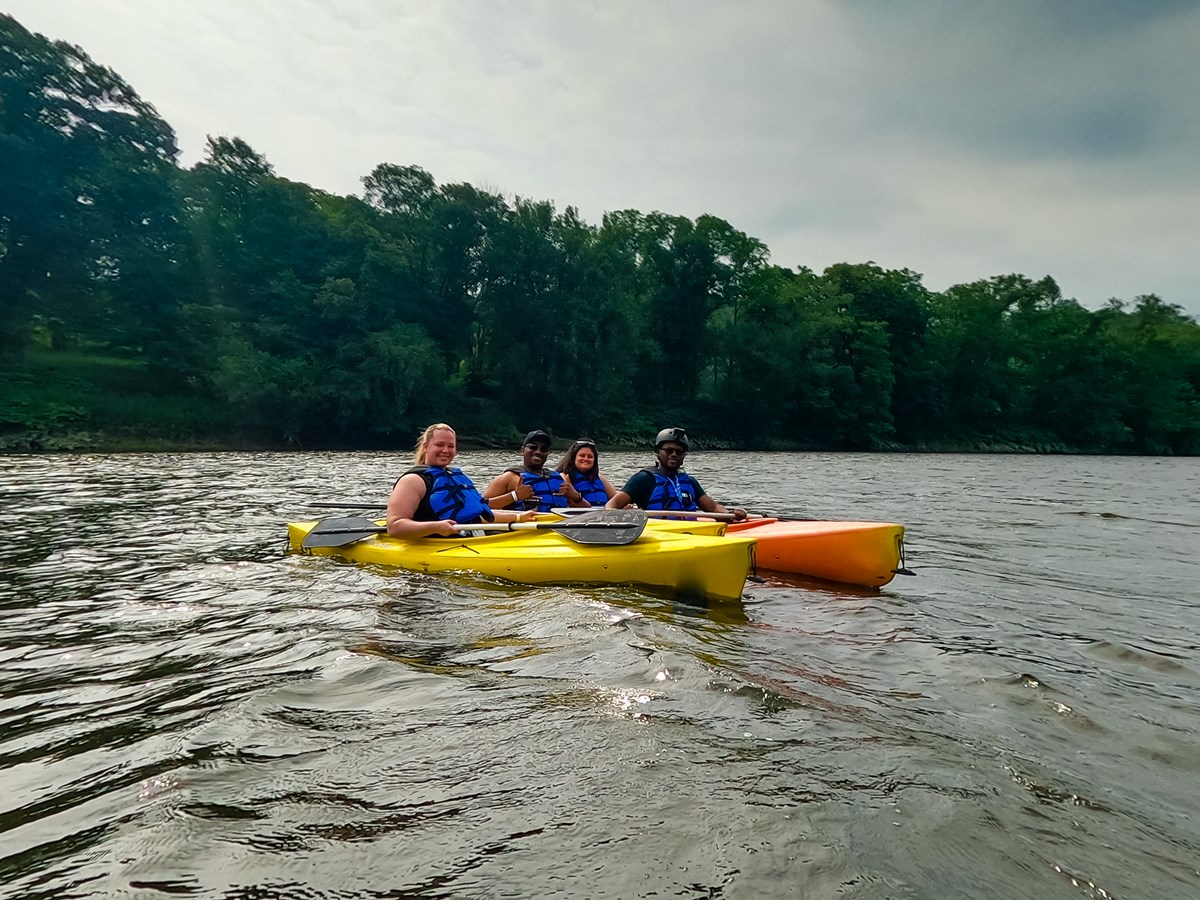
RELATED: 7 AMAZING NATIONAL PARKS NEAR PHILADELPHIA YOU’LL LOVE
3. Eisenhower National Historic Site
Distance From Pittsburgh: Three hours & 30 minutes via I-76.
The Eisenhower National Historic Site is dedicated to preserving the history and legacy of President Dwight D. Eisenhower and his wife Mamie, who lived at the site for many years.
The site consists of a 189-acre farm that includes the Eisenhower’s house, several outbuildings, and the grounds around the property. The house is a three-story, 22-room home that was built in the 1800s and was extensively renovated by the Eisenhowers in the 1950s. The decor of the house reflects the Eisenhower’s personal tastes and includes many of their personal belongings.
Visitors to the site can take a guided tour of the house, which includes the first floor and parts of the second floor. The tour provides a glimpse into the lives of the Eisenhowers and their family, as well as their accomplishments and contributions to the country. Visitors can also explore the property’s grounds, which include a putting green, a skeet range, and a small pond.
In addition to the house and grounds, the site features a museum and a research library, which houses a collection of artifacts and documents related to the lives of the Eisenhowers. The museum features exhibits on the military and political careers of both Dwight and Mamie Eisenhower, as well as their personal lives and interests.
The Eisenhower National Historic Site is a popular destination for history buffs, as well as those interested in the lives of the presidents and their families. It provides a unique opportunity to explore the personal life and legacy of one of America’s most famous leaders.
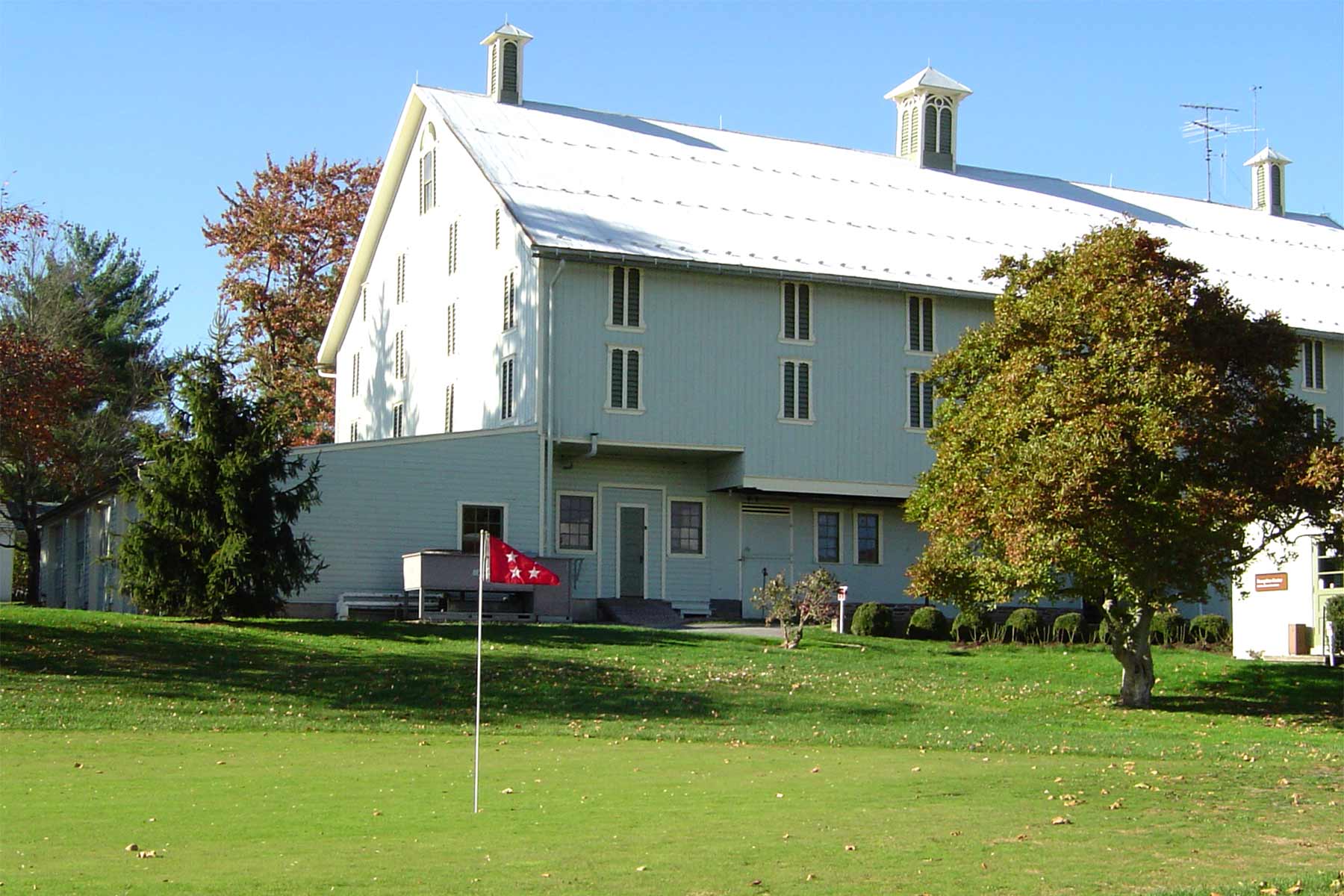
His Stock Has Been Rising
According to the Miller Center, a poll of prominent historians in 1962 placed Eisenhower 22nd among Presidents, a barely average chief executive who was as successful as Chester A. Arthur and a notch better than Andrew Johnson.
Two decades later, his ranking had moved up to 11th, and by 1994, he placed 8th, the same position he held in a C-SPAN poll of presidential historians in 2009. Among Presidents who held office in the last 75 years, he ranked behind only Franklin D. Roosevelt and Harry S. Truman.
Eisenhower, in short, achieved both important successes, but he sometimes fell short of his most cherished objectives. He left office a popular President, and his stature has grown with the passage of time.
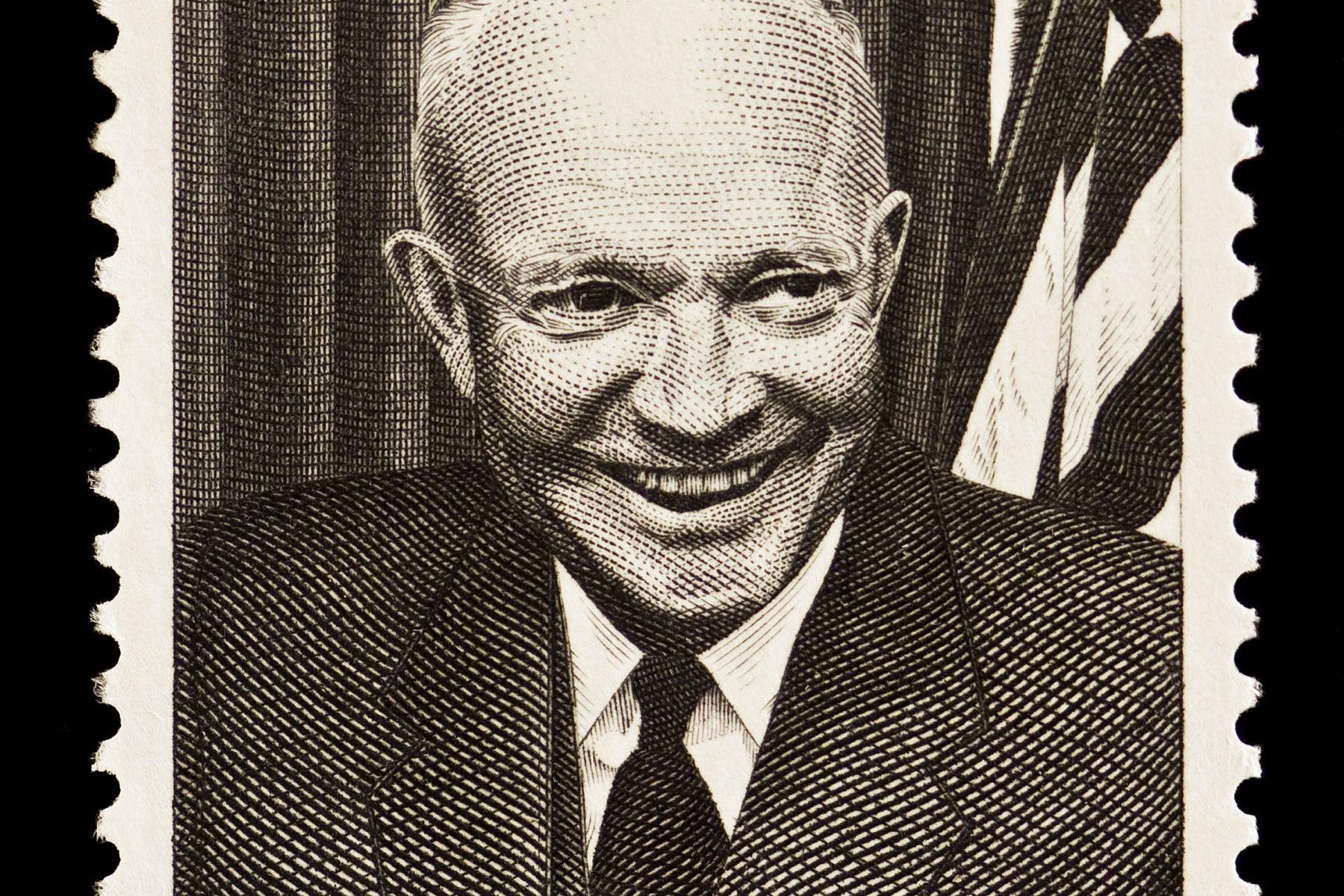
More National Parks Near Pittsburgh
4. Flight 93 National Memorial
Distance From Pittsburgh: One hour & 24 minutes via I-76.
The Flight 93 National Memorial was established to honor the 40 passengers and crew members who were aboard United Airlines Flight 93, which was hijacked by terrorists during the September 11, 2001 attacks.
The hijackers had intended to crash the plane into a high-profile target, possibly the U.S. Capitol or the White House, but the passengers and crew members on board bravely fought back and attempted to regain control of the aircraft.
As a result of their heroic actions, the plane crashed into a field near the town of Shanksville, Pennsylvania, killing everyone on board.
After the tragedy, a grassroots movement formed to create a fitting memorial to the brave men and women who perished on Flight 93. A design competition was held, and the winning design by architects Paul and Milena Murdoch was selected.
The memorial includes a visitor center, a learning center, a field of honor, and a 40-acre sacred ground that marks the spot where the plane crashed.
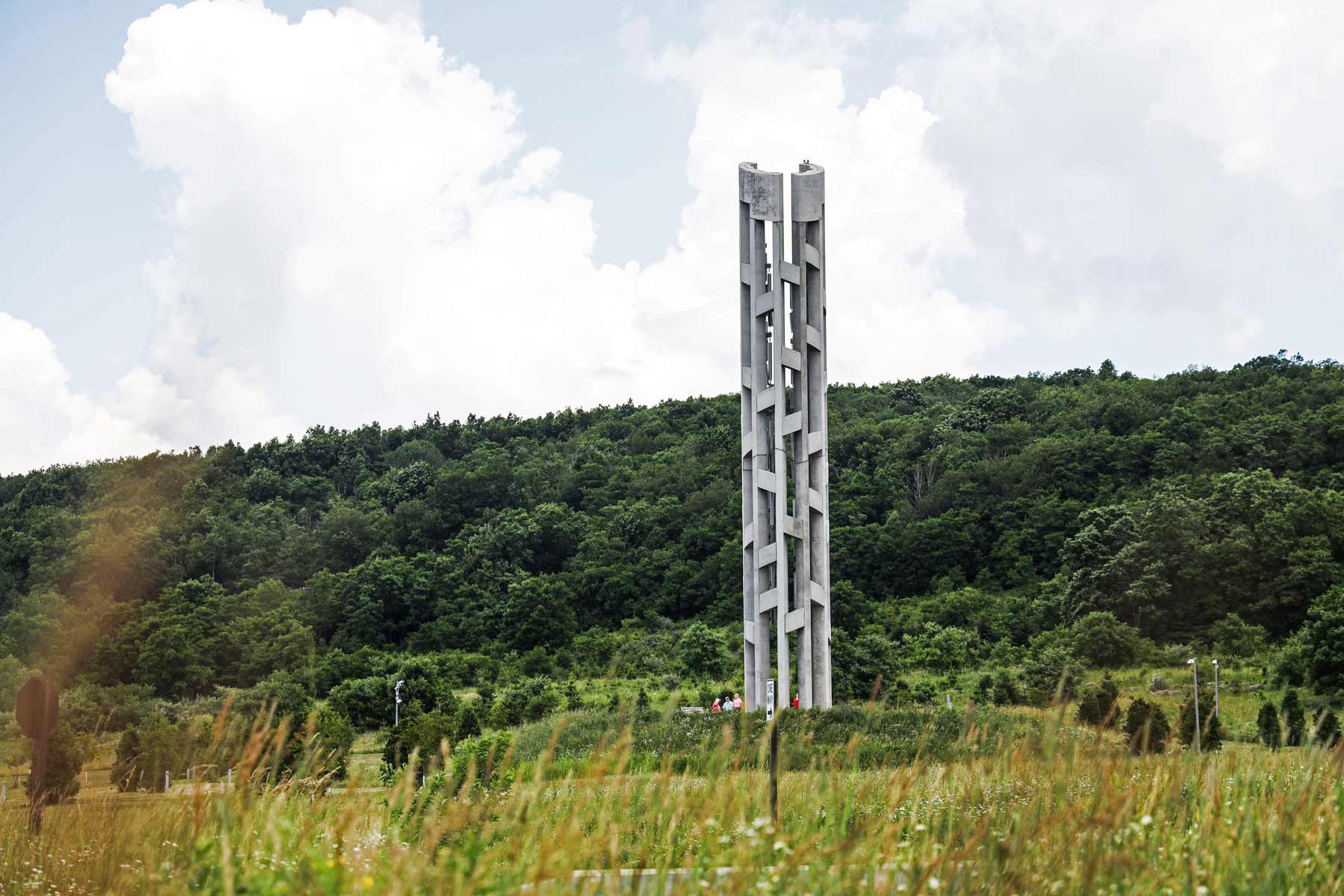
RELATED: 22 EPIC PENNSYLVANIA NATIONAL PARKS WORTH VISITING
Established To Honor The Memory Of Those Who Died On The Flight
The Flight 93 National Memorial was established in 2002 to honor the memory of those who died on the flight. The memorial features a landscaped park with a walkway and 40 memorial groves, each representing one of the 40 passengers and crew members who died.
The park also includes a Memorial Plaza with a large wall inscribed with the passengers’ and crew’s names, and a Memorial Tower with a view of the crash site.
In 2011, a visitor center was added to the site, providing information about the history of the flight and the events of September 11th.
The Flight 93 National Memorial continues to be a place of reflection and remembrance for those who lost loved ones on the flight and for all those affected by the 9/11 attacks.
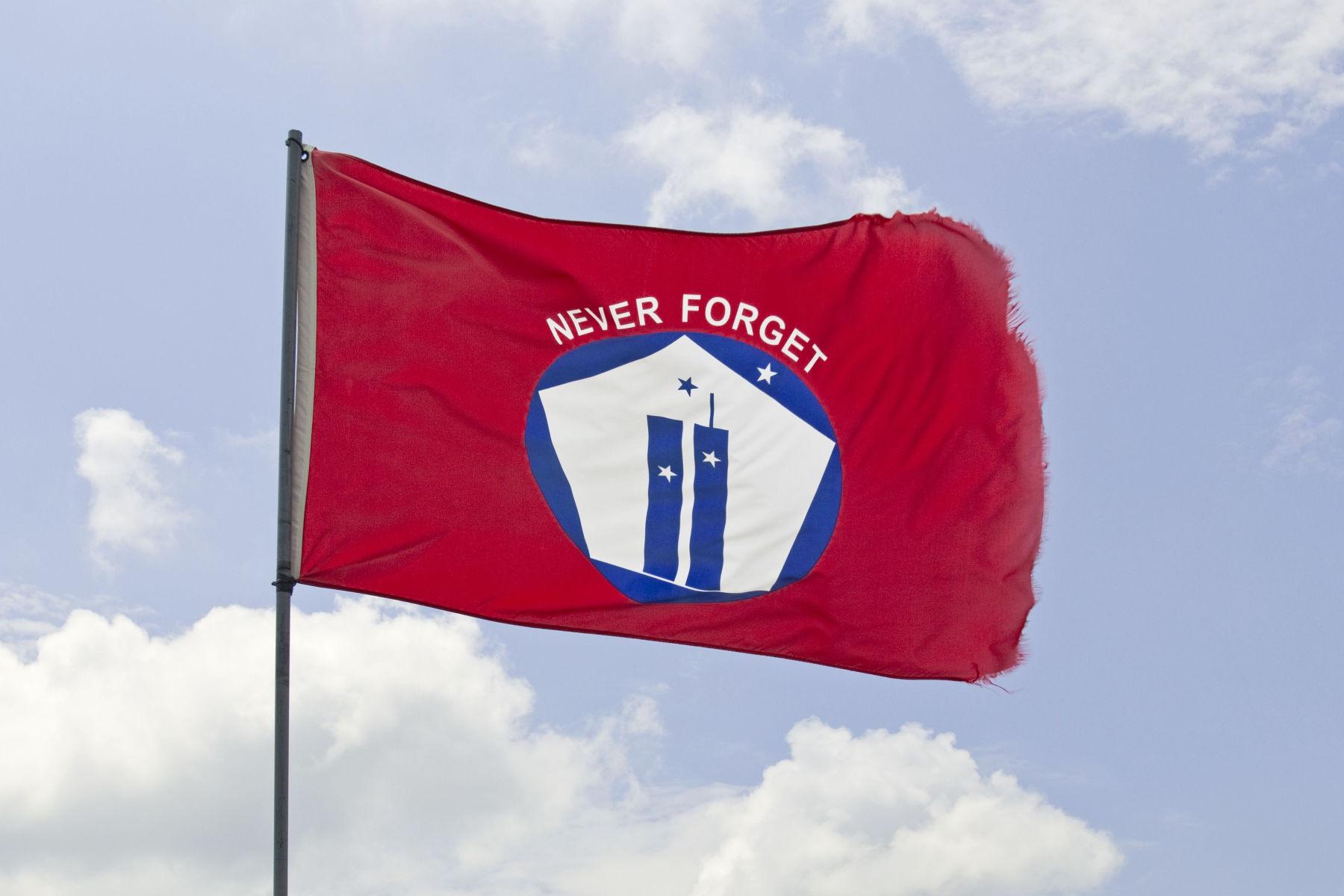
5. Gettysburg National Military Park
Distance From Pittsburgh: Three hours & 22 minutes via I-76.
The Battle of Gettysburg, fought from July 1 to 3, 1863, during the American Civil War, is widely considered one of the most important battles in American history.
The battle was fought between Confederate forces under General Robert E. Lee and Union forces under General George G. Meade. The battle took place in and around the town of Gettysburg, Pennsylvania and resulted in a decisive victory for the Union army.
The significance of the Battle of Gettysburg lies in its outcome and its impact on the course of the Civil War. The Confederate defeat at Gettysburg marked the first major reversal of the war for the South and signaled a turning point in the conflict.
After the battle, General Lee’s Army of Northern Virginia was forced to retreat and was never able to mount a sustained offensive in the North again.
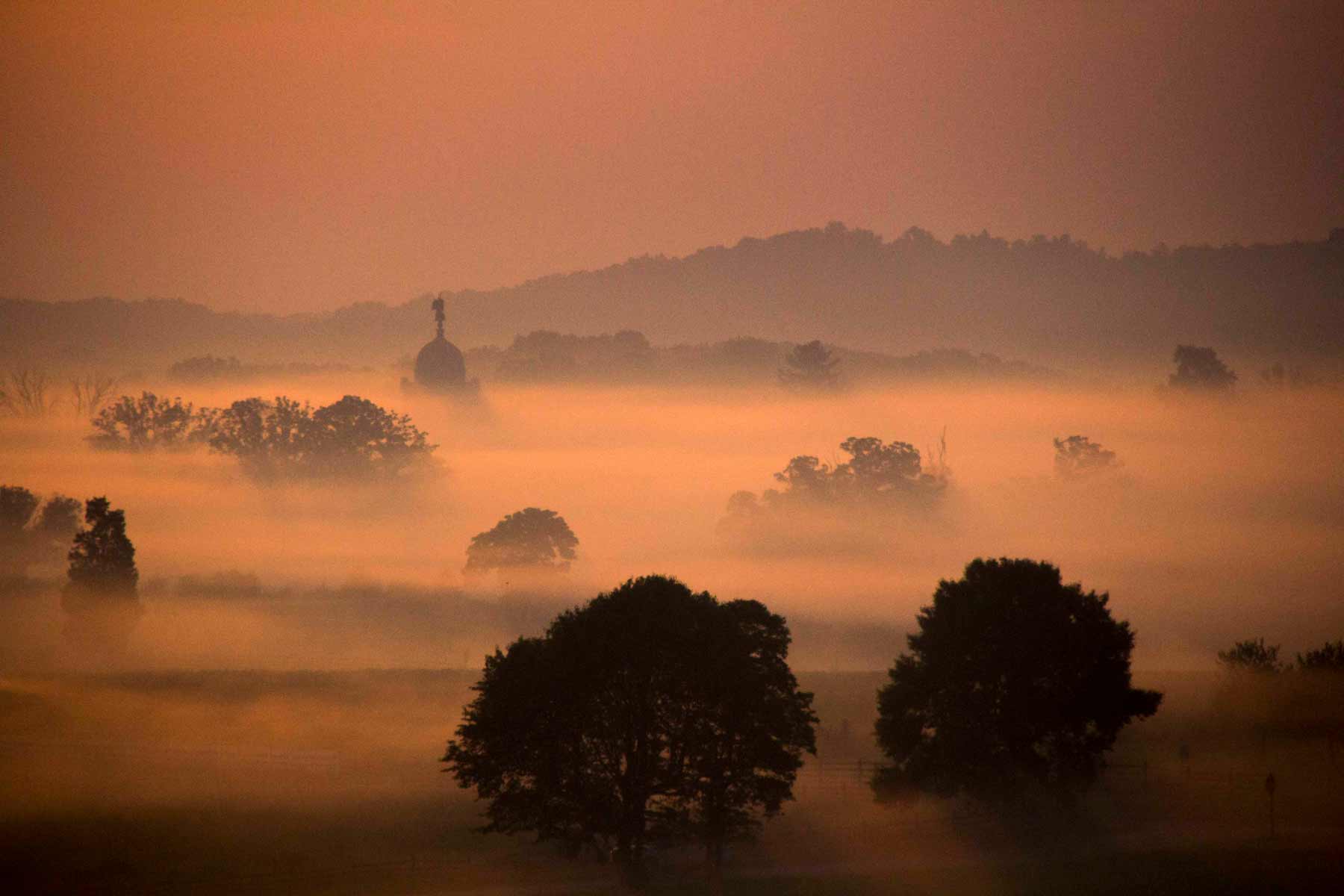
RELATED: 10 BEST CIVIL WAR SITES IN AMERICA
Things To Do At Gettysburg
Gettysburg National Military Park offers a variety of activities and attractions for visitors to enjoy:
- Tour the battlefield: Visitors can take a self-guided tour of the battlefield, including stops at key locations such as Little Round Top, Pickett’s Charge, and the National Cemetery.
- Attend ranger programs: Park rangers offer a variety of educational programs, including guided walks and talks, that provide insight into the history of the battle and the significance of Gettysburg.
- Visit museums and exhibits: The park has several museums and exhibits, including the Gettysburg Museum of the American Civil War, that showcase artifacts, displays, and interactive exhibits related to the battle and the Civil War.
- Drive the Auto Tour: Visitors can take a scenic drive through the battlefield and stop at key locations along the way to learn more about the battle and the events that took place there.
- Hike the trails: The park has several trails that provide opportunities for hiking, wildlife viewing, and scenic views.
- Participate in living history events: Throughout the year, the park hosts special events, such as reenactments and demonstrations, that provide a unique and interactive way to experience the history of the battle and the surrounding area.
- Visit the Gettysburg National Cemetery: Visitors can pay their respects to the soldiers who fought and died at Gettysburg by visiting the National Cemetery, where more than 3,500 Union soldiers are buried.
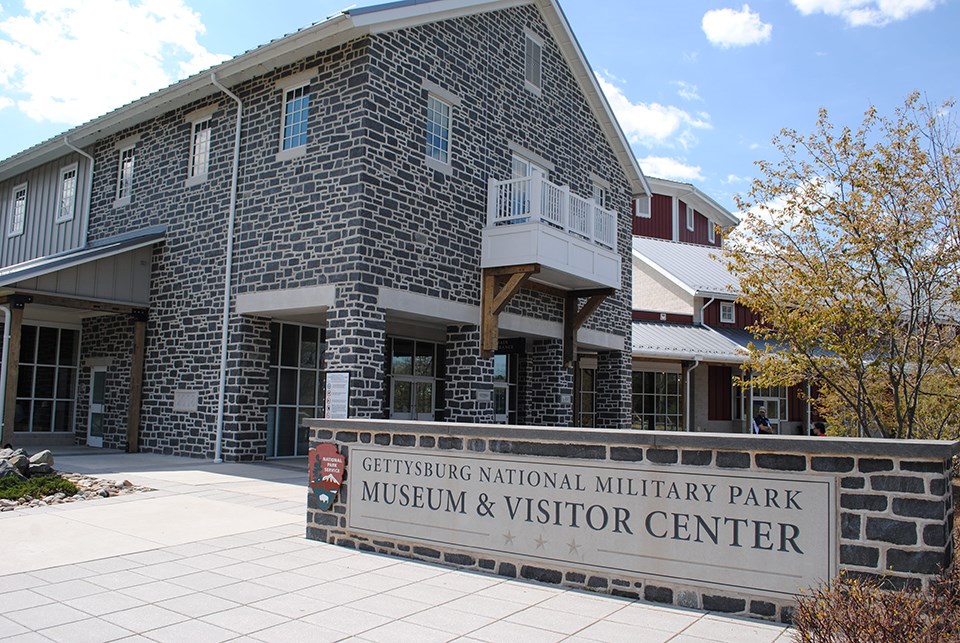
6. Johnstown Flood National Memorial
Distance From Pittsburgh: One hour & 33 minutes via US-22 E.
The Johnstown Flood occurred on Friday, May 31, 1889, after the catastrophic failure of the South Fork Dam, located on the south fork of the Little Conemaugh River, 14 miles upstream of the town of Johnstown, Pennsylvania.
To the residents of Johnstown and many people across the nation, blame lay clearly with Andrew Carnegie, Henry Clay Frick and the other wealthy and prominent Pittsburgh businessmen who as members of the South Fork Fishing and Hunting Club owned the dam, and thus were responsible for its collapse.
The flood was caused by the failure of the South Fork Dam on the Little Conemaugh River, which led to a wall of water that swept through the city, killing over 2,000 people and causing widespread damage and destruction.
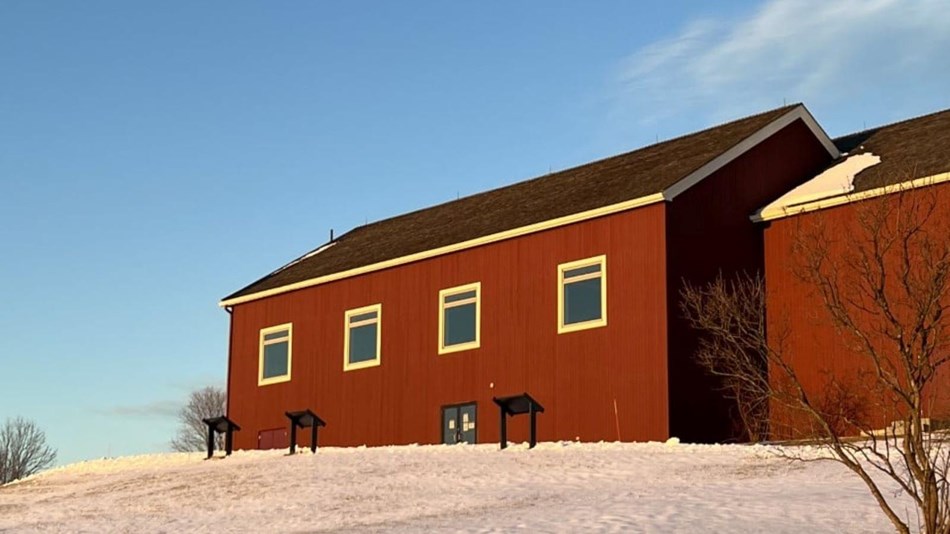
One Of The Worst Disasters In American History
The Johnstown Flood was one of the worst natural disasters in American history and had a profound impact on the people of Johnstown and the surrounding region. In response to the tragedy, a nationwide relief effort was organized to provide aid and support to the survivors, and the city of Johnstown was eventually rebuilt.
The significance of the Johnstown Flood National Memorial lies in its role as a testament to the human spirit and resilience in the face of tragedy and adversity.
The memorial serves as a reminder of the power of nature and the importance of community and compassion in times of crisis. It is also an important site for learning about the history of the Johnstown Flood and its impact on the people of the region.

7. Valley Forge National Historical Park
Distance From Pittsburgh: Four hours & 28 minutes via I-76.
Valley Forge National Historical Park is located in Pennsylvania and commemorates the encampment of the Continental Army under the command of General George Washington during the American Revolution.
The park is located on the site of the former encampment and encompasses over 3,500 acres of rolling hills, forests, and meadows.
In the winter of 1777-1778, the Continental Army suffered through a difficult and trying encampment at Valley Forge. Despite the harsh conditions, Washington and his troops persevered and emerged from Valley Forge stronger and more determined than ever.
The encampment at Valley Forge was a turning point in the American Revolution, and the Continental Army’s success there helped to lay the foundation for eventual victory in the war.

RELATED: 10 BEST REVOLUTIONARY WAR SITES IN AMERICA
An Important Site For Learning
The park is an important site for learning about the history of the American Revolution and the struggles faced by Washington and his troops during the difficult winter encampment at Valley Forge.
Today, Valley Forge National Historical Park is a preserved site that offers visitors the opportunity to experience the history of the American Revolution and learn about the struggles faced by Washington and his troops during their time at Valley Forge.
The park is open to the public and offers a variety of recreational and educational opportunities, including hiking, camping, ranger-led activities, guided tours, and special events, that provide insight into the history of the American Revolution and the role of Valley Forge in the struggle for independence.
National Parks Near Pittsburgh FAQ
Independence National Historical Park. While the Liberty Bell might not be the first thing you think of when you consider national parks, Pennsylvania’s National Historical Park is one of the most popular in the state.
Pittsburgh is famous for its dramatic topography, the meeting of three rivers, and its history of the steel industry. Pittsburgh is also known for major league sports teams, research universities, and its infrastructure like incline cable railways, tunnels and staircases.
Why Trust Us About National Parks Near Pittsburgh?
We’re Jim Pattiz and Will Pattiz, collectively known as the Pattiz Brothers (and sometimes the Parks Brothers) and we absolutely LOVE the national parks.
You should probably know that we don’t just make this stuff up out of thin air. We’ve spent our entire adult lives exploring and filming America’s national parks and public lands.
We’ve worked with the National Park Service, the Department of Interior, USDA, and the U.S. Forest Service for years creating films on important places and issues. Our work has been featured in leading publications all over the world and even some people outside of our immediate family call us experts on the national parks.
Meet The Parks Brothers
Map Of National Parks Near Pittsburgh
List Of National Parks Near Pittsburgh
- Allegheny Portage Railroad National Historic Site
- Delaware Water Gap National Recreation Area
- Eisenhower National Historic Site
- Flight 93 National Memorial
- Gettysburg National Military Park
- Johnston Flood National Memorial
- Valley Forge National Historical Park
We Hope You’ll Follow Our Journey

Our goal here at More Than Just Parks is to share the beauty of America’s national parks and public lands through stunning short films in an effort to get Americans and the world to see the true value in land conservation.
We hope you’ll follow our journey through the parks and help us to keep them the incredible places that they are. If you’re interested in joining the adventure then please sign up below!

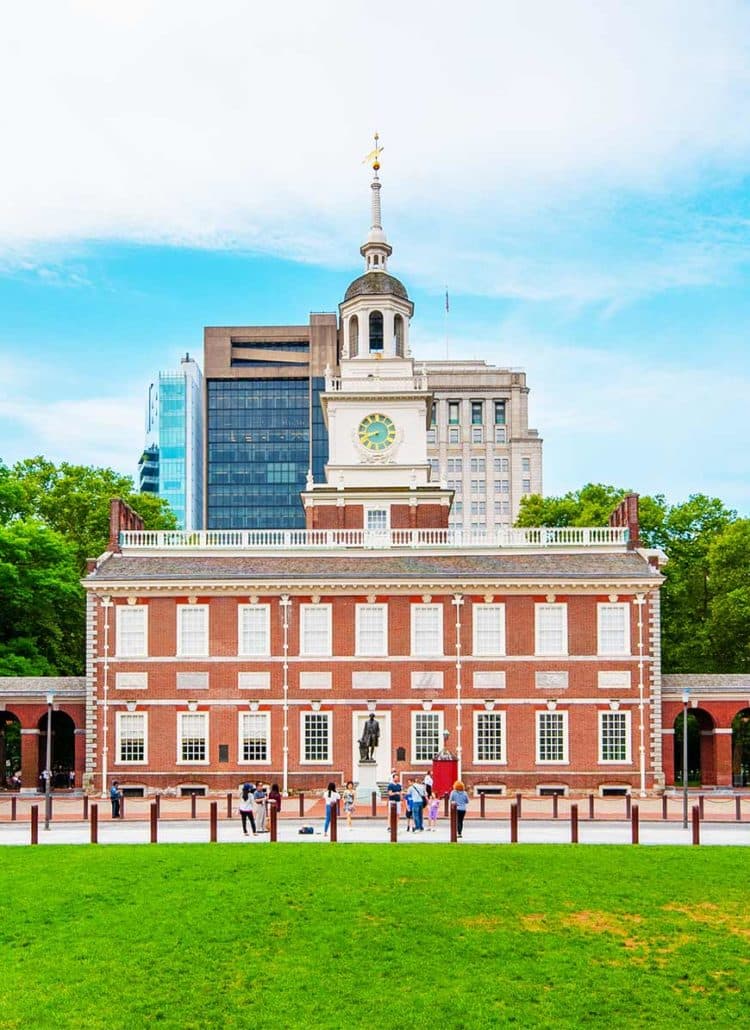
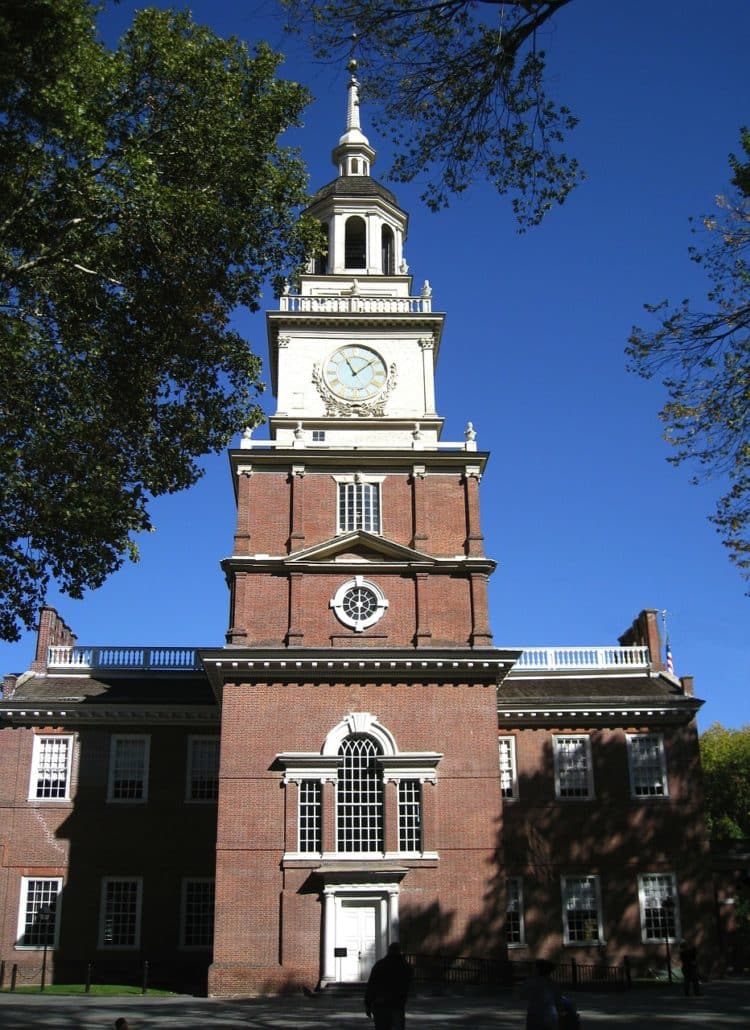
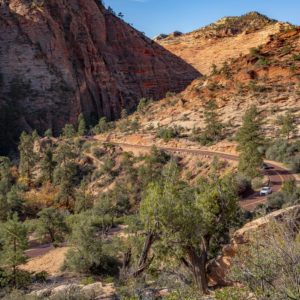

This list includes some parks that are very far for a Pittsburgher to drive. Closer NPS sites can be found in Maryland, West Virginia, and even Ohio—like Cuyahoga Valley National Park. Even Friendship Hill and Fort Necessity are closer than many places like Valley Forge or Gettysburg. Allegheny National Forest isn’t very far either and includes the opportunity to see PA’s elk herd.